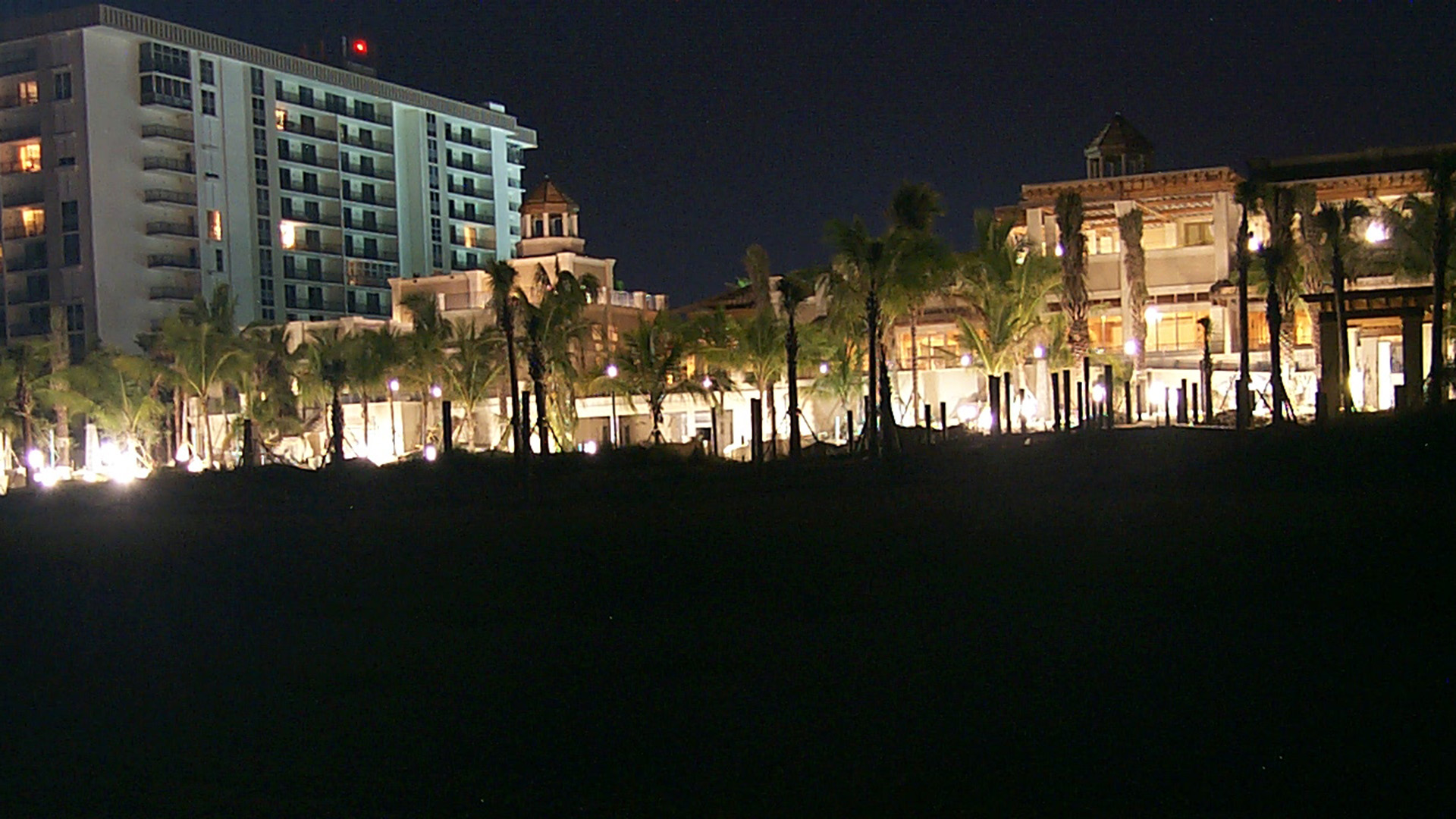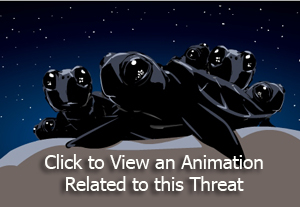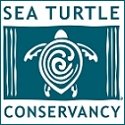Light Pollution

The Problem: Nesting turtles once had no trouble finding a quiet, dark beach on which to nest, but now they must compete with tourists, businesses
Lighting near the shore also can cause hatchlings to become disoriented and wander inland, where they often die of dehydration or predation. Hatchlings, scientists believe, have an innate instinct that leads them in the brightest direction, which is towards the ocean on a naturally dark beach. Excess lighting from the nearshore buildings and streets draw hatchlings toward land, where they may be eaten, run over, or drown in swimming pools. While it might seem  like a difficult problem to tackle, an estimated
like a difficult problem to tackle, an estimated
Species Affected: All species of sea turtles are affected.
The Solution: Reducing the amount of artificial light that is visible from nesting beaches is the first step to reducing light pollution that affects sea turtles. Lights along the coastline need to be shielded, changed, or turned off during nesting season to prevent sea turtles from being disoriented. Coastal communities around the world have passed ordinances that require residents to turn off unnecessary beachfront lights and shield lights from reaching the beach during turtle nesting season. Unfortunately, these ordinances are not always enforced and do not address the larger problem of sky glow that occurs near cities.
* Turn off unnecessary lights visible on nesting beaches or use sea turtle-friendly fixtures that shield the light from the beach;
* Use red or amber LED or low-pressure sodium-vapor lighting (LPS) instead of normal lights;
* Use Turtle Safe Lighting— these red lights emit a very narrow portion of the visible light spectrum, which is less intrusive to nesting sea turtles and hatchlings;
* If disoriented hatchlings are found away from the sea, call the FWC Wildlife Alert number at 1-888-404-FWCC;
* Tint windows that face the beach;
* Close opaque curtains or blinds after dark to cover windows visible from the beach.
Case Study: At Gulf Islands National Seashore, approximately half the nests experienced a high level of hatchling disorientation. In 1999, 33 of 65 nests (51 percent) that hatched had levels of disorientation where at least 25 percent of the hatchlings emerging from the nest cued in on the wrong direction. In 2000, 26 of 58 nests (45 percent) that hatched were disoriented. This 6 percent reduction in just one year exemplifies how educating the public about light pollution can directly benefit sea turtles.
Recently, the Boca Raton Sea Turtle Program began recording every crawl on hand-held GPS (Global Positioning Satellite) units. This technology allows researchers to track how many hatchlings emerged from the nest, the time of emergence, where on the beach the hatchlings are going, and identify possible sources of artificial lighting.
Related links:
* Sea Turtles and Lights
* Artificial Lighting and Sea Turtle Hatchling Behavior
* Turtle Safe Lighting
* Wildlife
Raya






